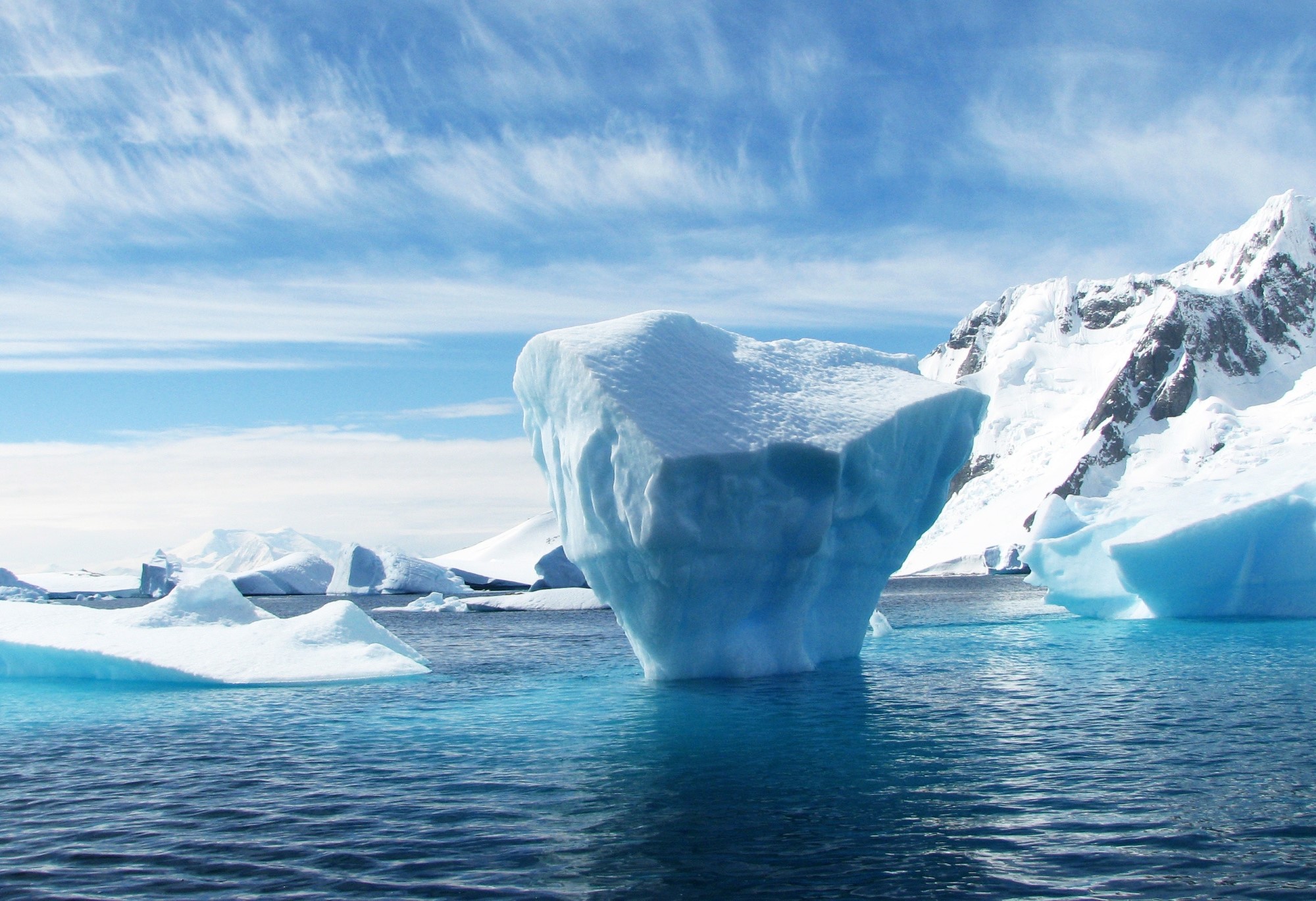
Under the ice
What does the latest research predict about the future for Antarctica?
When ANU researcher Dr Adele Morrison starts talking about deep-water ocean currents, I am intrigued, and then shocked, by a seemingly innocuous detail – her scale for referencing sea level rise is not centimetres but metres.
The last Intergovernmental Panel on Climate Change (IPCC) Report in 2013 was estimating around half a metre to a metre of sea level rise by the end of the century.
“More recent reports have suggested that that is a conservative estimate and it could actually be up to two metres by the end of the century,” she says.
As I contemplate what metres – plural – will mean for my favourite Batemans Bay fish and chip shop, Morrison explains that to predict how coastlines will change globally, we need to start by looking at the coastline of Antarctica.
“Hundreds of years into the future, Antarctica is the big uncertainty – we don’t know how much of it is going to melt.”
Antarctica’s glaciers slowly flow from the land down to the ocean. When they reach the ocean, they float as ice shelves within recesses along the coastline. The ice shelves are buttressed on the sides and ‘act like a cork, holding the rest of the land ice back’.
As warm water travels to Antarctica, it flows underneath this cork. When Morrison says ‘warm’ she is referring to water colder than the orange juice in your fridge.
“But it is warmer than the ice, which is what matters!” she says. “Once the ice shelves melt, the glaciers can flow much faster into the ocean.”
As you can imagine, studying water movements beneath ice shelves isn’t easy. “It’s the hardest of any ocean to study. There is 20,000km of coastline and most of our observations are limited to summer.”
Despite this, Morrison visited Antarctica on one of the few research vessels that make it down there each summer. She says the trip gave her an understanding of what is at stake – a beneficial perspective to have, even if your research is computer-based.
Along with a multidisciplinary team from the ANU Research School of Earth Sciences, she is using high-resolution computer simulations to predict how different ocean processes will impact ice melt.
“The ocean modelling done at ANU is quite unique,” she says. “We run high-resolution computer models to include the small scales.”
And it turns out that small-scale changes can have a big impact. The researchers think small-scale processes, such as swirling water, are ‘responsible for bringing warm water towards Antarctica’.
A single swirling eddy within Morrison’s simulation may only be about four kilometres across. “For comparison, in the climate models that are used for the IPCC report, a single model point would be around 50 kilometres across,” she says.
“There are all these processes that large-scale climate models just can’t simulate, so we are really at the forefront of scientific discovery with these new high-resolution models.”
The rate of Antarctic ice melting is a difficult topic to discuss without thinking about what the future holds.
“Once we get above 1.5 degrees of global warming, it leads to all these possible tipping points,” Morrison explains.
She says a key tipping point occurs as the Antarctic ice shelves melt. When this happens, there is nothing to hold back the ice that is currently sitting on land from flowing out into the warm ocean and melting.
“There is this runaway effect, because much of the land ice is actually sitting on bedrock beneath sea level, and that bedrock deepens as you go further inland,” she says.
“Once you get past that tipping point – even if you then reverse emissions – you can’t go back and stop Antarctica melting.”
It’s clear the world is going to need a fresh generation of leaders, scientists and innovative thinkers to adapt to climate change. This research may be just one drop in an ocean of climate science, but without it, we all could be lost at sea.
For more features of ground-breaking research at The Australian National University visit ANU Reporter.
